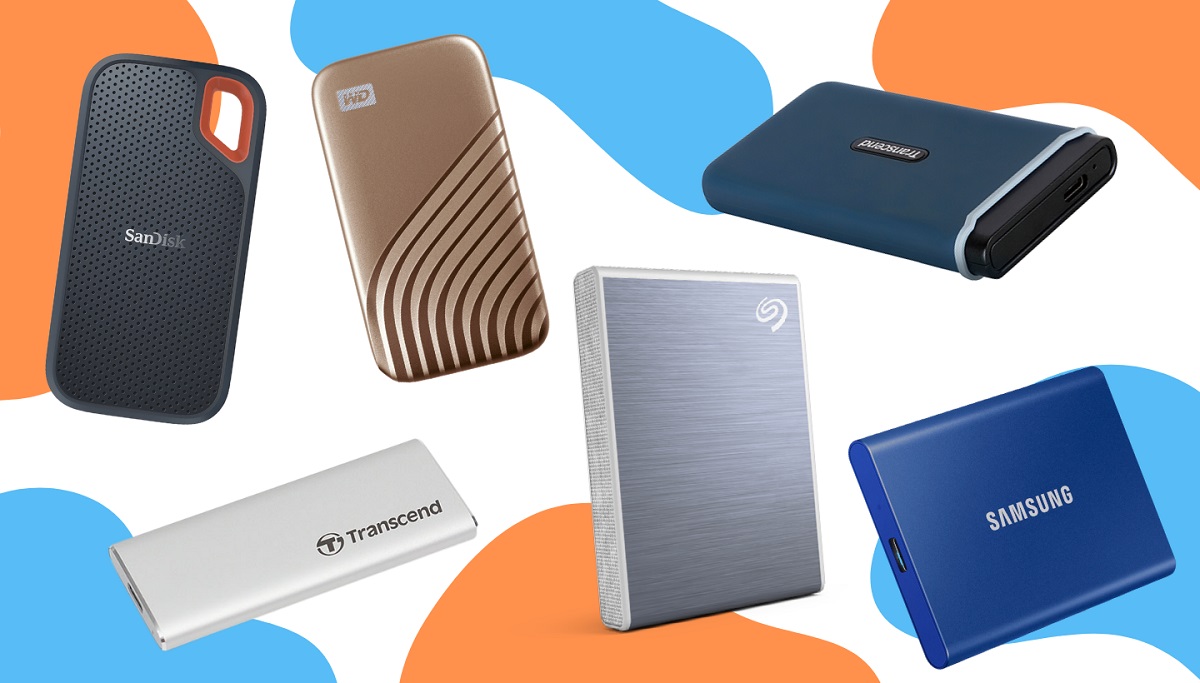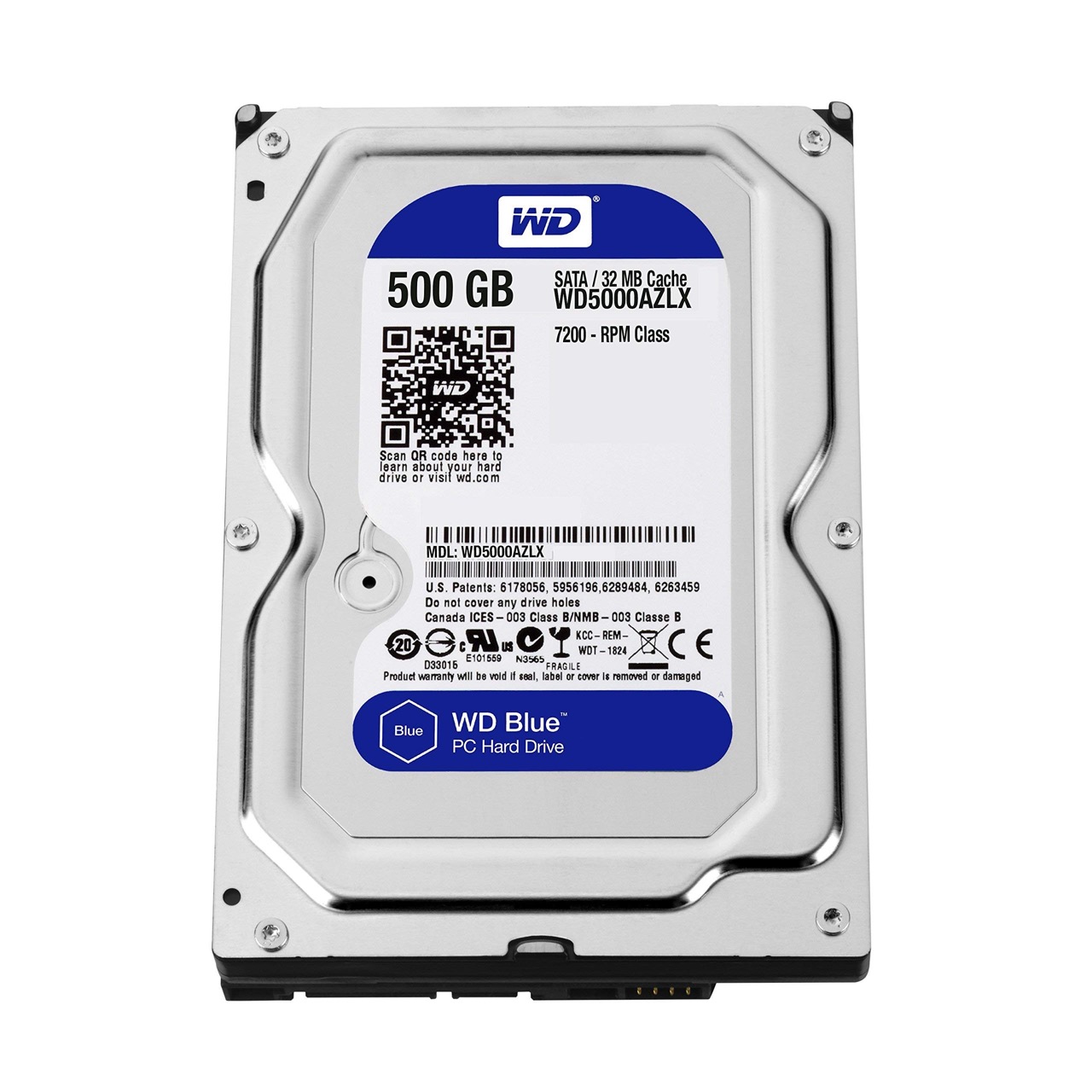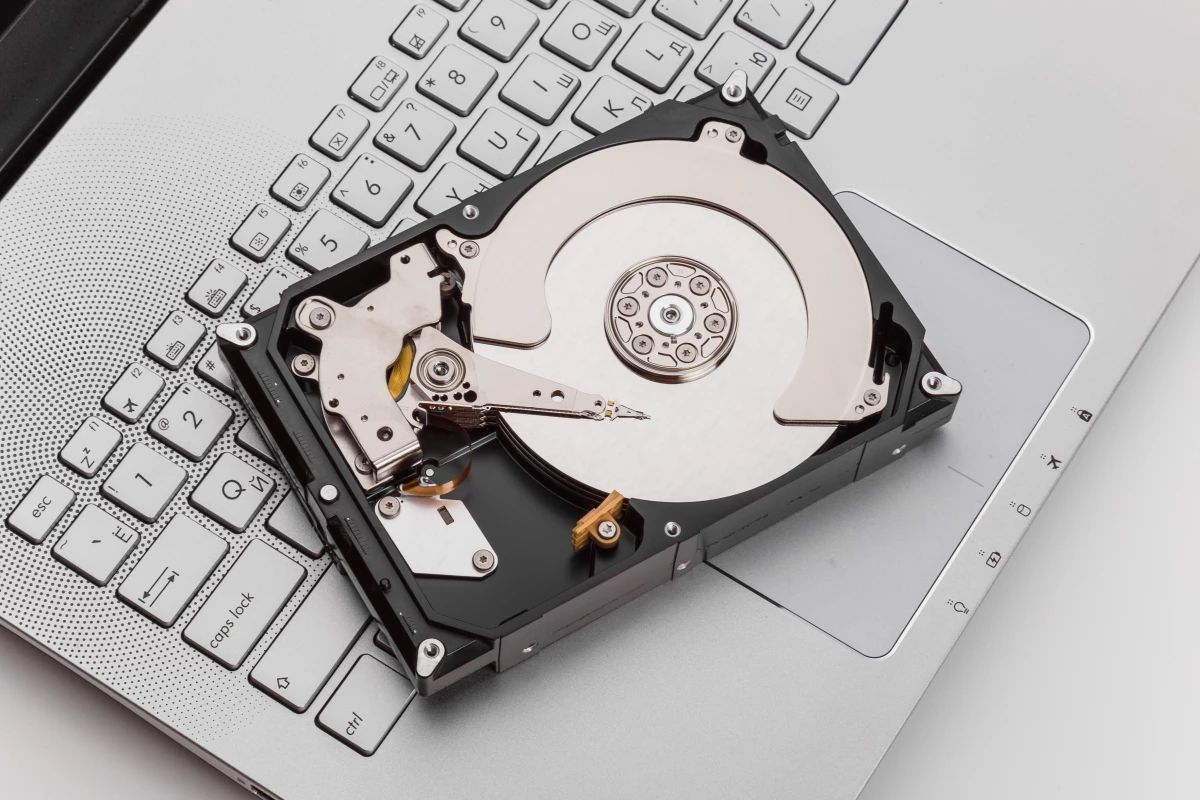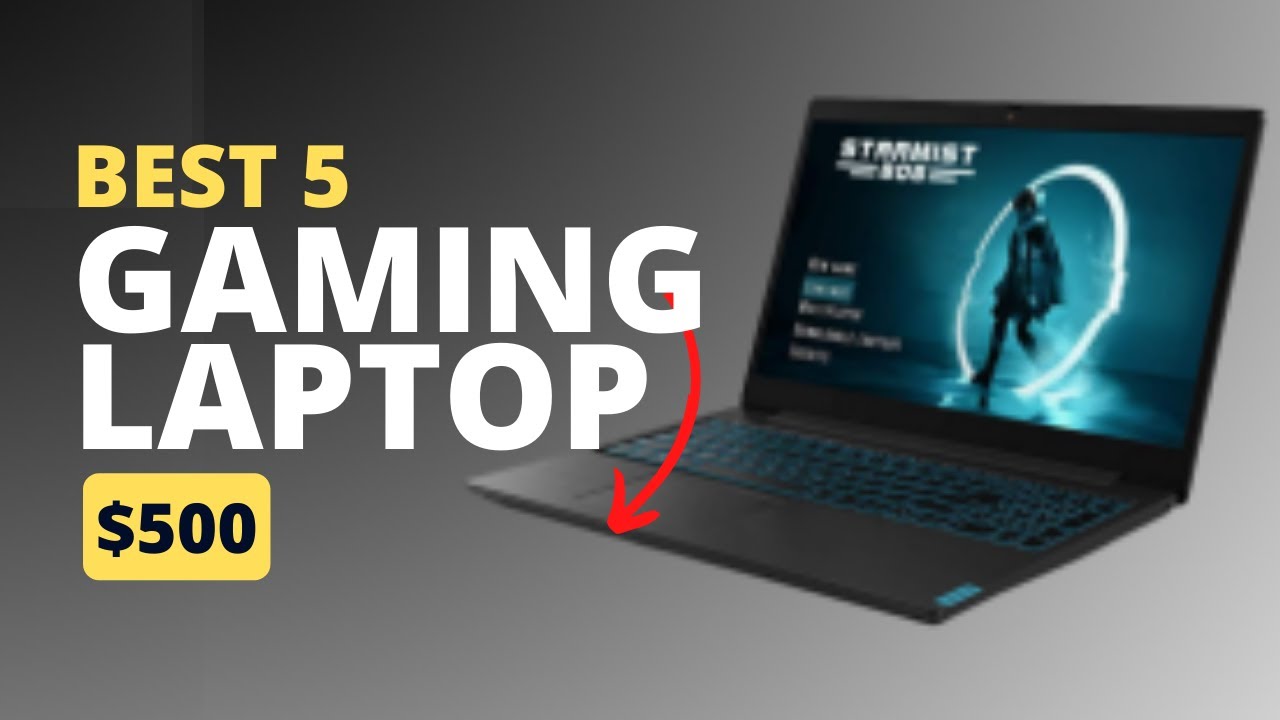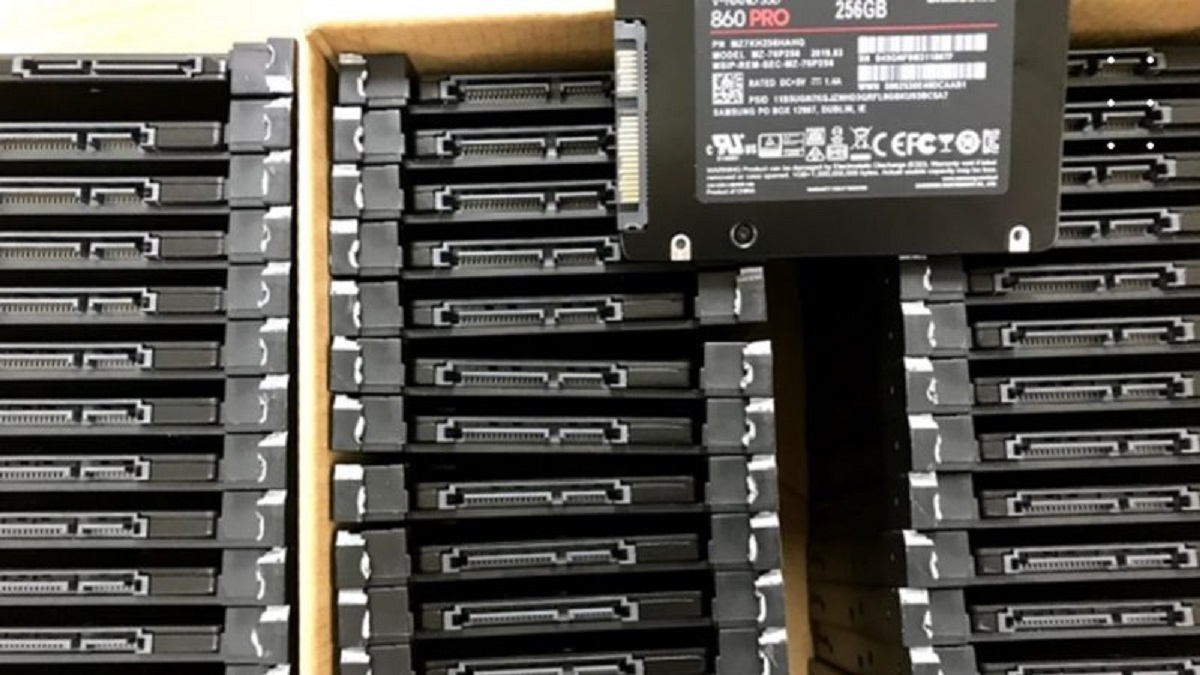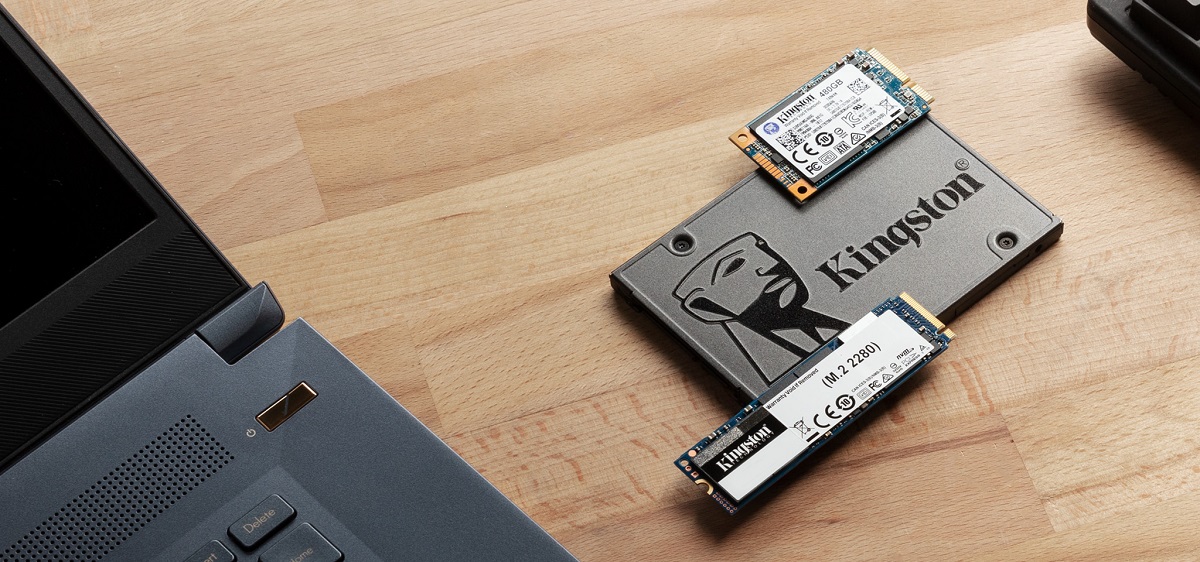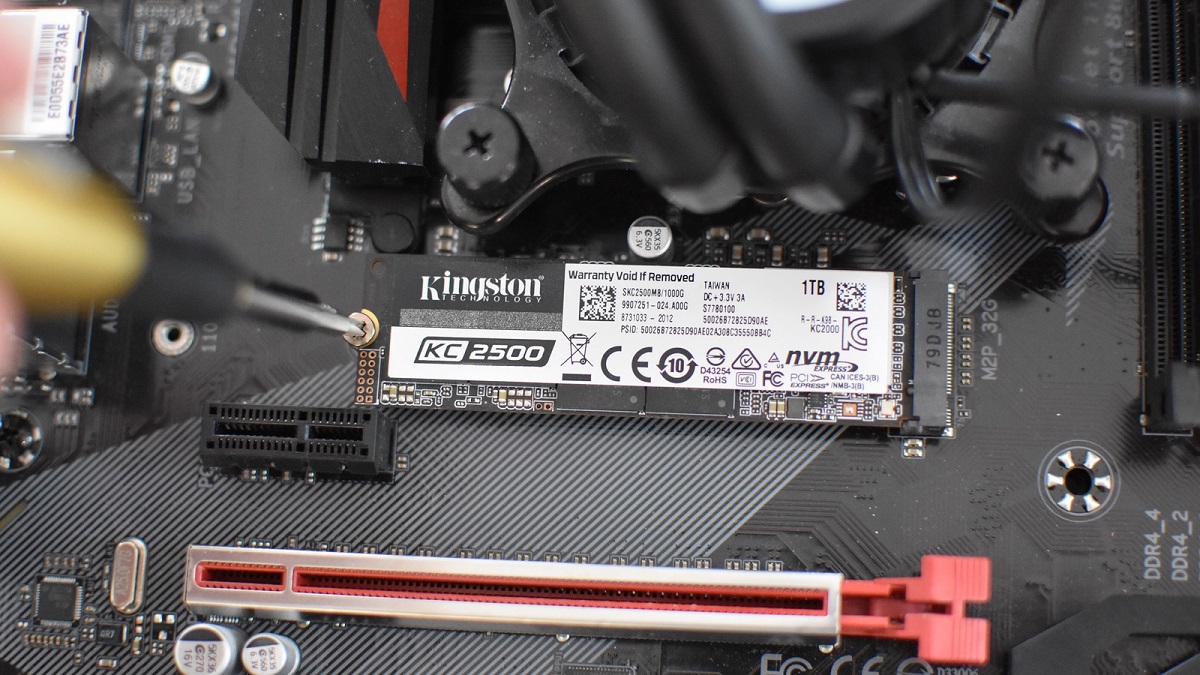Introduction
Solid State Drives (SSDs) have revolutionized the storage industry with their lightning-fast speeds and reduced power consumption. As technology continues to advance, more and more users are opting for SSDs over traditional hard disk drives (HDDs). However, like any technology, SSDs are not without their drawbacks. In this article, we will explore some of the biggest drawbacks of SSD drives and discuss the potential challenges they might pose for users.
While SSDs offer numerous advantages, it is crucial to consider their limitations before making a purchasing decision. By delving into these drawbacks, users can make an informed choice and better understand how SSDs may impact their specific needs and requirements.
In the following sections, we will explore the major drawbacks of SSD drives, including their limited lifespan, higher price point, limited storage capacity, incompatibility with older systems, difficulties in data recovery, and inconsistent performance.
Although SSDs are undeniably superior in many aspects, understanding their drawbacks will help users navigate their limitations and make the most optimal choice for their specific use cases.
Limited Lifespan
One of the major drawbacks of SSD drives is their limited lifespan. Unlike traditional HDDs, which have moving parts that can wear out over time, SSDs use flash memory to store data. While this flash memory provides faster data access and improved durability, it is not immune to degradation.
SSD drives have a finite number of write cycles before they start to fail. Each time data is written to an SSD, it causes wear on the memory cells. Over time, this wear can lead to performance degradation and eventually failure. Manufacturers typically indicate the endurance of an SSD in terms of Terabytes Written (TBW), which is the total amount of data that can be written to the drive before it is likely to fail. The TBW rating varies depending on the SSD model and can range from tens to hundreds of terabytes.
For most users, the limited lifespan of an SSD may not be a significant concern, as modern SSDs can last for several years under normal usage. However, for users who perform intensive read/write operations or regularly work with large files, the lifespan of an SSD may be a consideration. It is important to monitor the health of the SSD and plan for backups and replacements accordingly to avoid unexpected data loss.
Additionally, it is worth noting that SSD drives often have wear-leveling algorithms built-in, which help distribute the write operations evenly across the memory cells. This helps prolong the lifespan of the SSD and prevent premature failure of specific memory cells. However, even with wear-leveling, it is important to be aware of the limited lifespan of SSD drives and factor it into your storage strategy.
Price
Another drawback of SSD drives is their relatively higher price compared to traditional HDDs. The advanced technology and faster performance of SSDs contribute to their higher cost. When comparing storage capacities, SSDs are generally more expensive than HDDs.
While the cost per gigabyte of storage has significantly decreased over the years, SSDs still remain pricier than HDDs, especially when it comes to larger storage capacities. This price difference can be a deterrent for users who require large amounts of storage space but are on a limited budget.
It’s important to weigh the benefits of SSDs, such as faster boot times, quicker data transfer rates, and improved overall system responsiveness, against the higher price tag. In certain use cases, such as gaming or professional video editing, the increased performance and speed offered by SSDs may outweigh the cost consideration. However, for users who primarily need large storage capacities for file archives or backup purposes, HDDs may still be a more cost-effective option.
It’s worth noting that the price of SSDs has been gradually decreasing, and as technology advances, we can expect the cost to continue to drop. As a result, SSDs are becoming more accessible and affordable for a wider range of users.
Ultimately, the decision on whether to invest in an SSD over an HDD should consider factors such as specific usage requirements, budget limitations, and the importance of speed and performance. While SSDs may come with a higher price tag, they offer significant advantages that can enhance overall computing experience for many users.
Limited Storage Capacity
One drawback of SSD drives is their limited storage capacity compared to traditional HDDs. While SSDs are available in various storage capacities, they tend to offer smaller options compared to HDDs, especially when looking at the price-per-gigabyte ratio.
Due to the higher cost of flash memory used in SSDs, manufacturers often prioritize smaller storage capacities to keep the price more affordable. This can be a limitation for users who require large amounts of storage space, such as content creators working with high-resolution videos or individuals with extensive media libraries.
However, it is important to note that the gap in storage capacities between SSDs and HDDs has been narrowing over time. Advances in technology and manufacturing processes have allowed SSDs to offer larger capacities at more affordable prices. Additionally, the availability of external SSDs and network-attached storage (NAS) solutions provides users with options to expand their storage beyond the limitations of the internal SSD.
In many cases, users can opt for a combination of SSD and HDD storage to balance performance and capacity. For example, using a smaller, high-speed SSD as the primary drive for the operating system and frequently used applications, while using a larger, more cost-effective HDD for storing files and larger data sets.
Ultimately, the decision on choosing the storage capacity of an SSD should depend on individual needs and usage requirements. Users should assess their storage needs, including the type and size of files they regularly work with, to determine the appropriate balance between speed, performance, and storage capacity.
While SSDs may have limited storage capacity compared to HDDs at a similar price point, their superior performance, reliability, and power efficiency make them an attractive choice for many users, especially those who prioritize speed and responsiveness in their computing experience.
Incompatibility with Older Systems
One significant drawback of SSD drives is their potential incompatibility with older systems. While modern computers and laptops are typically equipped with the necessary connectors and interfaces to support SSDs, older systems may lack the required hardware to accommodate these drives.
SSDs primarily use the SATA (Serial ATA) interface for data transfer, which has become the standard connection for most storage devices in recent years. However, older systems, particularly those manufactured before the widespread adoption of SSDs, may only have IDE (Integrated Drive Electronics) or older versions of SATA interfaces. In such cases, the system’s motherboard or interface may not be compatible with the newer SATA connections used in SSDs.
It’s also worth noting that older systems might have limitations in terms of BIOS compatibility and firmware support for SSD drives. Some older BIOS versions may not fully recognize or take advantage of the capabilities of SSDs, leading to suboptimal performance or compatibility issues.
If you have an older system and are considering upgrading to an SSD, it’s essential to research the compatibility of your specific system and consult the manufacturer’s documentation or support channels for guidance. In certain cases, the system may require a firmware update or even a hardware upgrade to support SSD drives properly.
However, it’s essential to consider whether investing in an SSD for an older system is worthwhile. In some cases, the performance benefits of an SSD may be limited by other hardware constraints, and it may be more cost-effective to invest in a new system that is fully compatible with SSD technology.
Ultimately, the compatibility of SSD drives with older systems can be a significant concern for users looking to upgrade their storage. It’s crucial to assess the compatibility of your system and weigh the costs and benefits before making a decision.
Data Loss and Recovery Difficulties
An important consideration when using SSD drives is the potential for data loss and the difficulties associated with data recovery. While SSDs are generally reliable, they can still experience data loss due to various factors.
One factor that contributes to data loss on SSDs is the limited lifespan we discussed earlier. As SSDs approach their end of life, the risk of data loss increases. Additionally, sudden power outages or unexpected system shutdowns during write operations can cause data corruption or loss on an SSD.
Unlike traditional HDDs, where data loss is often a result of mechanical failures, data recovery from failed SSDs can be more challenging. The internal architecture of SSDs, such as the way data is stored and organized on the flash memory, can complicate the recovery process for data recovery specialists.
Furthermore, while data recovery for HDDs can be performed through specialized software or professional services, the same methods may not be as applicable to SSDs. The unique properties of SSDs, such as wear leveling, TRIM commands, and complex error correction algorithms, can make it more difficult to retrieve lost data.
It is worth noting that preventative measures, such as regular backups and following best practices for data storage and handling, can help mitigate the risks of data loss. Regularly backing up important files and maintaining multiple copies of crucial data can provide an additional layer of protection in the event of SSD failure or data corruption.
In cases where data loss does occur, it is advisable to seek the assistance of professional data recovery services that specialize in working with SSDs. These experts have the expertise and specialized tools needed to attempt data recovery from failed or damaged SSDs.
While SSDs offer many benefits, it is essential to be aware of the potential risks of data loss and the difficulties that may arise during data recovery. Taking proactive measures to prevent data loss and being prepared for potential challenges can help safeguard your valuable information when using SSD drives.
Inconsistent Performance
Another drawback of SSD drives is the potential for inconsistent performance, specifically in terms of sustained write speeds and efficiency over time.
While SSDs are known for their impressive read and write speeds, the performance can vary depending on the drive’s capacity and workload. In particular, sustained write speeds can be lower than the advertised maximum speeds, especially when dealing with large data transfers or continuous write operations.
Additionally, as SSDs fill up with data, their performance can gradually degrade. This phenomenon, known as “write amplification,” occurs as the drive’s controller needs to perform more operations to write new data and manage existing data blocks. Over time, this can lead to reduced performance and slower write speeds, especially on SSDs that are nearly full.
Furthermore, some SSD models may experience a phenomenon called “SSD throttling” or “thermal throttling.” This occurs when the SSD reaches high operating temperatures due to heavy usage or inadequate cooling. To prevent overheating and potential damage, the drive reduces its performance to minimize heat generation. As a result, users may experience decreased speeds and degraded performance during intense workloads.
It’s essential to note that the impact of inconsistent performance may vary depending on the specific usage scenario. For casual users performing day-to-day tasks, the occasional performance dip may go unnoticed. However, for power users, such as gamers or professionals working with resource-intensive applications, the inconsistent performance of SSDs may have a more noticeable impact on their overall computing experience.
To mitigate the performance limitations and ensure more consistent speeds, users can consider opting for higher-end SSD models with larger cache sizes or SLC (single-level cell) based flash memory, as these can help maintain performance levels under heavy workloads. Additionally, it’s important to keep SSDs adequately cooled to avoid thermal throttling, such as ensuring proper airflow within the system or utilizing additional cooling solutions like heatsinks or fans.
Finally, regular maintenance and optimization, such as firmware updates provided by manufacturers and utilizing TRIM commands to optimize the drive’s performance, can help mitigate the impact of wear and write amplification, prolonging the longevity and sustained performance of the SSD.
While SSDs generally offer excellent performance, it’s essential to be aware of the potential for inconsistent performance under certain conditions. Understanding these limitations allows users to make informed decisions and adopt strategies to optimize their SSD’s performance.
Conclusion
Solid State Drives (SSDs) have undoubtedly revolutionized the storage industry with their exceptional speed, reliability, and power efficiency. However, it is essential to consider the drawbacks associated with SSD drives before making a purchasing decision.
While SSDs offer numerous advantages, including improved performance, lower power consumption, and increased durability, they also come with limitations. The limited lifespan of SSDs, higher price compared to HDDs, limited storage capacity, incompatibility with older systems, data loss and recovery difficulties, and inconsistent performance are some of the significant drawbacks that users should be aware of.
Understanding these drawbacks allows users to make informed choices based on their specific needs and requirements. It is crucial to strike a balance between the benefits and drawbacks of SSD drives to get the most out of the technology.
Despite these limitations, SSDs continue to gain popularity due to their superior performance and reliability. As technology advances, these drawbacks are gradually being addressed, with manufacturers working to improve SSD lifespans, reduce prices, and increase storage capacities.
Ultimately, the decision to opt for an SSD drive depends on factors such as budget, storage requirements, specific use cases, and compatibility with existing systems. For users who prioritize speed, efficiency, and have a need for high-performance storage, SSDs remain an excellent choice. However, for users who require large storage capacities or have budget constraints, traditional HDDs may still be a suitable and cost-effective option.
It’s important for users to evaluate their priorities and consider the advantages and drawbacks of SSD drives in light of their specific needs. By doing so, they can make an informed decision and utilize the benefits of SSD technology while mitigating any potential drawbacks.







